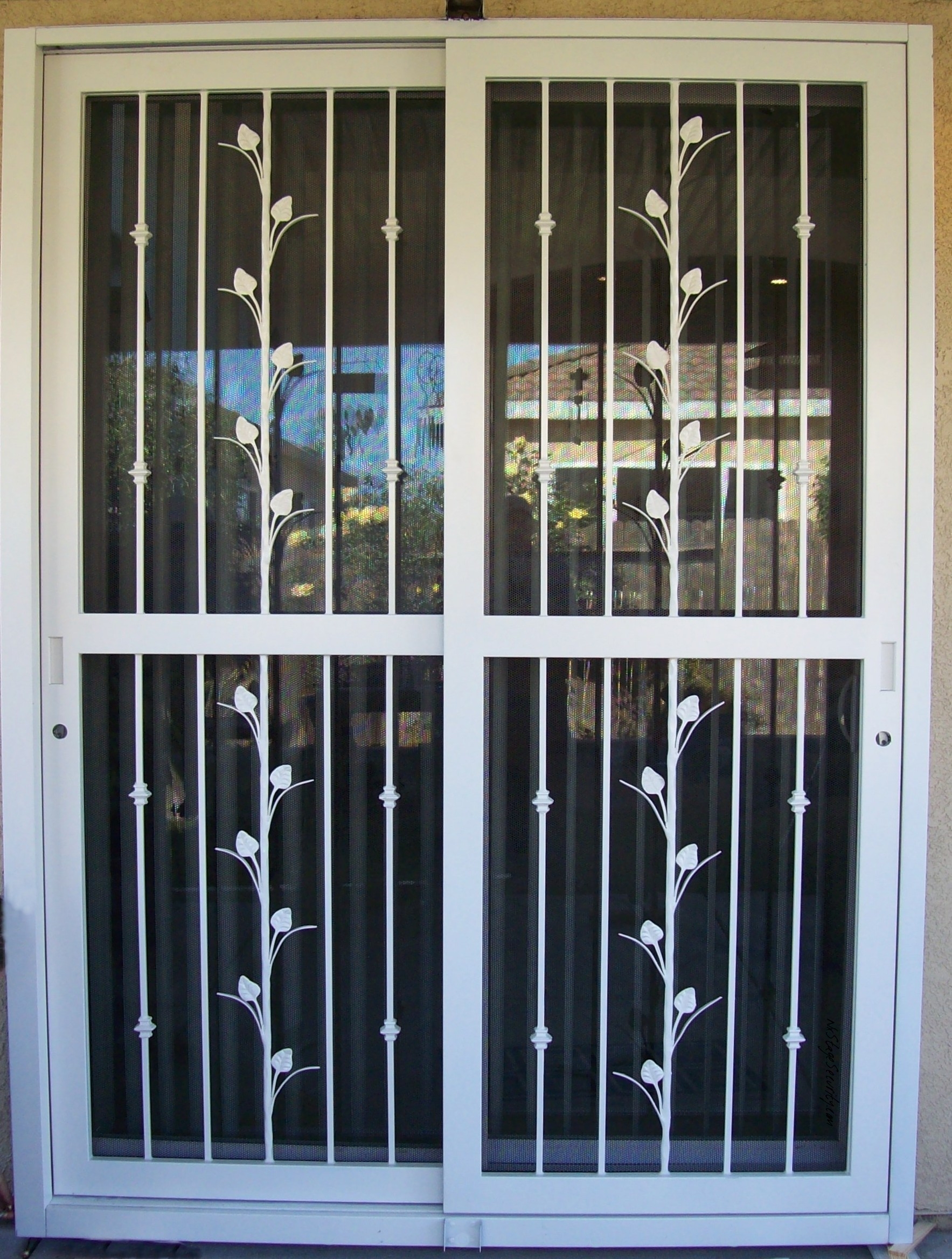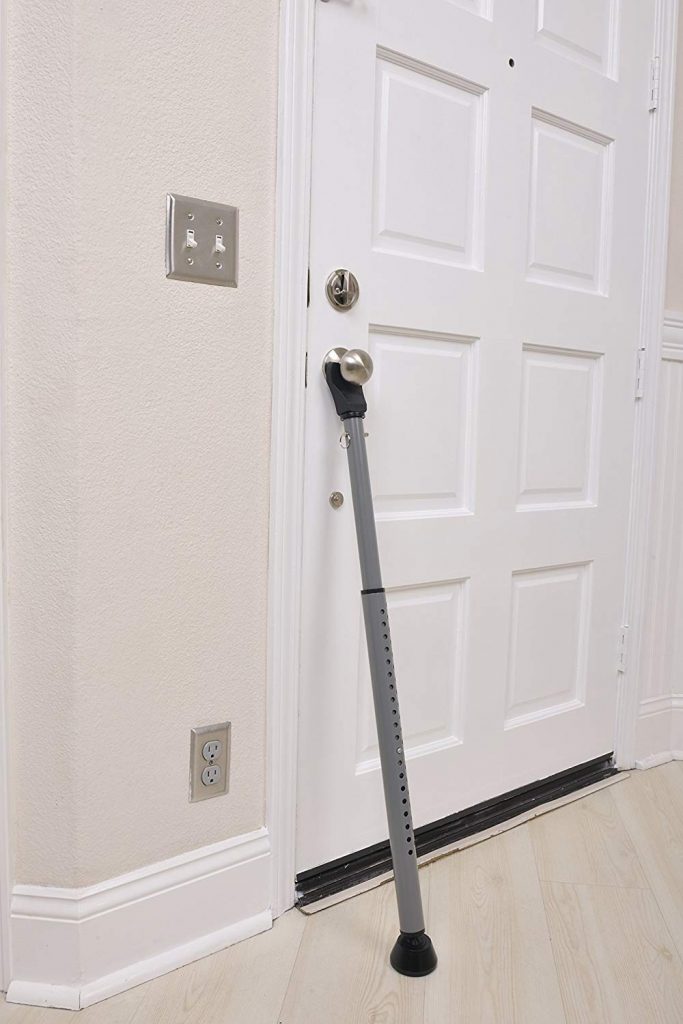

Glass tops sliding off tables is a common household problem, leading to potential accidents and property damage. Imagine the heartbreak of a beautiful glass top shattering on the floor due to a simple shift or a careless bump. This article will provide comprehensive solutions for securing your glass tops safely and easily. This guide will cover a range of solutions and explain the underlying causes, so you can take proactive steps to prevent your glass tops from sliding. The following sections will discuss various methods of securing glass tops, including adhesive solutions, specialized clips, and more, and will offer tips for choosing the best option for your specific needs.
Understanding the Causes of Glass Top Sliding
Glass tops sliding off tables can stem from several factors. Poor table construction or insufficient support can lead to instability, while a lack of proper adhesion between the table top and the table can be the primary cause. The type of glass, its weight, and the presence of uneven surfaces or other factors that contribute to instability are also worth considering. Understanding the root cause is the first step to finding a long-lasting solution.
The Role of Table Construction
Tables with weak or inadequate supports are more prone to having their glass tops shift and slide, leading to instability and the possibility of the glass top coming loose from the table.
Factors Influencing Glass Top Adhesion
Related Post : Wooden Table Wobbling Constantly? Simple Fixes to Stabilize It
The quality of the glue used to secure the glass to the table also plays a role. Some glues are inadequate, leading to less secure installations and increasing the risk of sliding. Moreover, the preparation of the surfaces— both the glass and the table— is critical to a strong bond.
Adhesive Pads for Easy and Affordable Solutions
Adhesive pads offer a practical and affordable solution for securing glass tops to tables. These pads are specifically designed to provide extra grip and prevent slippage. They come in various sizes and thicknesses, allowing for customization to different table tops and glass thicknesses.
Types of Adhesive Pads
Various types of adhesive pads cater to different needs and preferences. Some use silicone adhesive for flexibility and resilience, while others use strong acrylic adhesive, suitable for high-weight glass tops.
Choosing the Right Size and Thickness
The size and thickness of the adhesive pads should be carefully chosen to ensure adequate support and prevent the glass from slipping or shifting.
Applying Adhesive Pads
The application process is typically straightforward. Clean the surface thoroughly, apply the adhesive pads, and let them cure according to the manufacturer’s instructions for optimal adhesion. This provides a simple and cost-effective method for securing glass tops and adds another layer of protection against shifting.
Specialized Clips for Secure and Aesthetic Installations
Specialized clips offer a more secure solution for glass tops, often providing a more aesthetically pleasing look than adhesive pads. They come in various designs and materials, fitting different table tops and preferences. Consider these benefits when choosing this method.
Different Types of Clips
Various clip designs are available—some are designed for specific glass thicknesses, while others offer universal application. Their design can vary from simple clamps to intricate and almost invisible mounting solutions.
Installing Clips Properly
Following the manufacturer’s instructions is crucial for proper installation and achieving the maximum benefit. Incorrect installation can compromise the safety and long-term effectiveness of the system.
Advantages of Using Clips
Clips often provide a more professional and clean look than adhesive pads, and they can offer a higher level of security for heavier glass tops. They also don’t require large amounts of adhesive to be used, making installation easier and safer.
Professional Installation for Complex Situations
In situations requiring extreme stability, or where aesthetic considerations are paramount, professional installation is often recommended. Professionals can provide specialized solutions tailored to the specific needs of the glass top and the table it’s attached to.
Identifying Complex Installation Requirements
Factors such as the type and weight of the glass table, the design of the table, and potential issues with the table construction are important considerations that a professional will evaluate.
Benefits of Professional Installation
Professional installation ensures the safest and most stable mounting option, taking into account all the potentially complex details of the structure.
Cost Considerations
Professional installation may come with a higher price tag but can provide a permanent solution, preventing future problems related to glass top instability.
Maintenance and Long-Term Safety
Regular maintenance and careful handling can help ensure your glass tops remain securely fastened for years to come. By addressing issues early and promptly, you can prevent more serious problems.
Cleaning and Inspection
Cleaning and routine inspections are crucial to assess the integrity of the adhesive or clips. Visual inspections for any damage or weakness in the installation, as well as the support structure, are vital steps to take regularly.
Addressing Issues Early
Addressing issues like loose adhesive, damaged clips, or weakened table supports promptly can prevent larger, more costly problems down the line.
Regular Inspection for Stability
Regular assessments are necessary to ensure that the glass top maintains its stability and continues to offer adequate support.
Example FAQ
What are the best adhesive pads for securing glass tabletops?
Many factors contribute to selecting the best adhesive pads for securing glass tabletops. The material of the glass, the weight of the glass, and the type of table (wood, metal, etc.) all need consideration. High-quality, heavy-duty adhesive pads designed for use with heavy objects and glass, such as those made of silicone and acrylic, tend to work well. Read the instructions carefully and follow them closely when applying the adhesive.
How often should I check the condition of the glass tabletop to ensure it’s secure?
Regular inspections are vital to ensure the long-term safety of the glass table top. A visual inspection of the table and the glass top once a month is a reasonable approach. Checking for any signs of instability or movement is essential. If any signs of slippage, cracks, or detachment are noticed, immediate action is required.
Are there any DIY methods to secure a sliding glass top?
Yes, DIY methods are possible, depending on the extent of the problem. Adhesive pads are a simple and cost-effective solution. Use caution and follow the instructions provided by the manufacturer. Professional installation is still recommended for more complex situations or for heavier glass tops.
In conclusion, securing glass tops on tables is crucial for safety and preventing accidents. By understanding the various methods available, from adhesive pads to specialized clips, you can easily prevent your glass tops from sliding off. Choosing the right solution depends on your specific needs, budget, and aesthetic preferences. Implementing these safety measures protects your family, guests, and valuable belongings. To avoid the risk of glass top sliding, consider the preventative measures outlined in this article. Contact a professional for assistance with complex installations, or visit our website for more helpful tips and advice on home improvement.